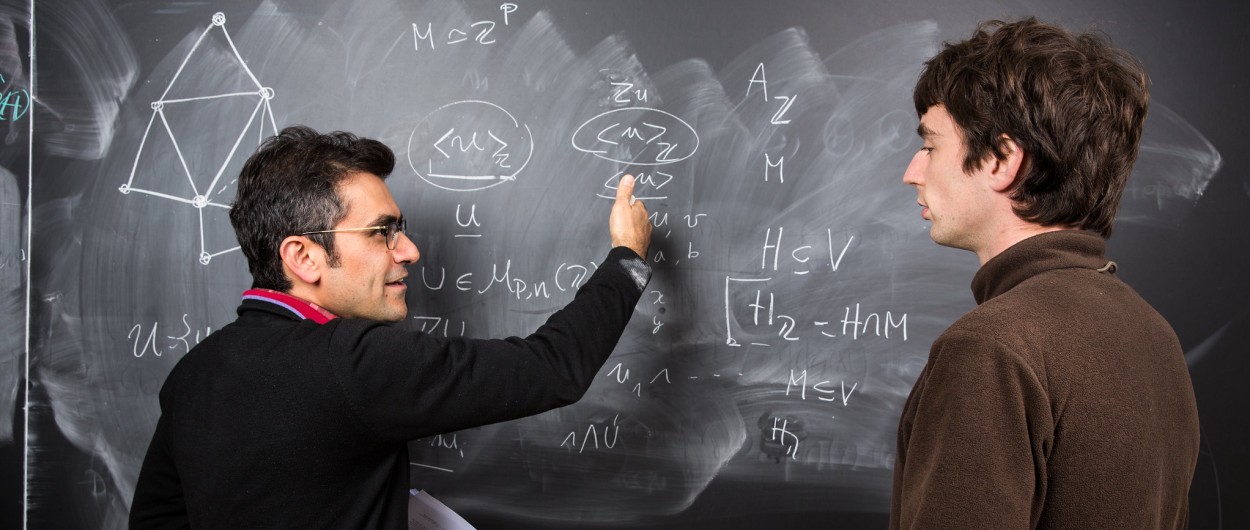Aspects of Gravity, Mathematics and Physics

The theory of general relativity is the result of the work of Albert Einstein, who in the 1910s wrote the equations describing the gravitational field that now bear his name. The study of this theory and these equations is still the subject of significant research activity today, both in physics and mathematics. The conference organised jointly by the Laurent Schwartz Mathematical Centre (*CMLS) and the Centre for Theoretical Physics (*CPHT) aimed to bring these two communities together.
The theory of general relativity states that space-time, which constitutes the Universe, bends in the presence of matter or energy, which in turn affects the motion of stars and large structures such as galaxies. It has helped explain many astrophysical observations, including the gravitational waves that were first detected in 2015. "From its formulation, it is also a very mathematical theory. The objects that appear in Einstein's equations were previously constructed by mathematicians at the end of the 19th century," explains Cécile Huneau, mathematician at the CMLS and member of the scientific committee of this conference. "This is why mathematicians and physicists working in this field share a common language," adds Marios Petropoulos, a physicist at the CPHT and also a member of the event's scientific committee.
The two-day international conference entitled "Aspects of Gravity, Mathematics and Physics", which took place at the École Polytechnique, provided an opportunity to discuss this topic from different perspectives. In mathematics, scientists are interested, for example, in the stability of the solutions of Einstein's equations, such as the one describing rotating black holes known as "Kerr black holes". This stability has long been taken for granted in physics. "Recent advances towards the definitive proof of this result have been presented. And even though mathematics may seem to be out of phase with physics, this type of work indirectly produces results that are of interest to everyone," explains Cécile Huneau.
Other discussion topics included the still hypothetical extensions of the theory of general relativity. On the one hand, this involves a modified theory of gravitation, which would make it possible to explain, for example, Universe's expansion without relying on currently poorly understood ingredients such as dark matter and energy. On the other hand, the aim is to make the theory of general relativity compatible with quantum mechanics, the modern foundation of microscopic physics. This is what scientists are trying to do with string theory and supergravity, among other approaches.
"Even if we speak the same language, there are still obstacles that can hinder mutual understanding. Exchanging ideas face-to-face is important to keep us on track, and this meeting has raised many questions and led to rich and lively discussions," says Marios Petropoulos. The organisers hope that this conference will pave the way for similar events in the future.
>Read more about the conference.
*CMLS: a joint research unit CNRS, École Polytechnique - Institut Polytechnique de Paris
*CPHT: a joint research unit CNRS, École Polytechnique - Institut Polytechnique de Paris
 Support l'X
Support l'X